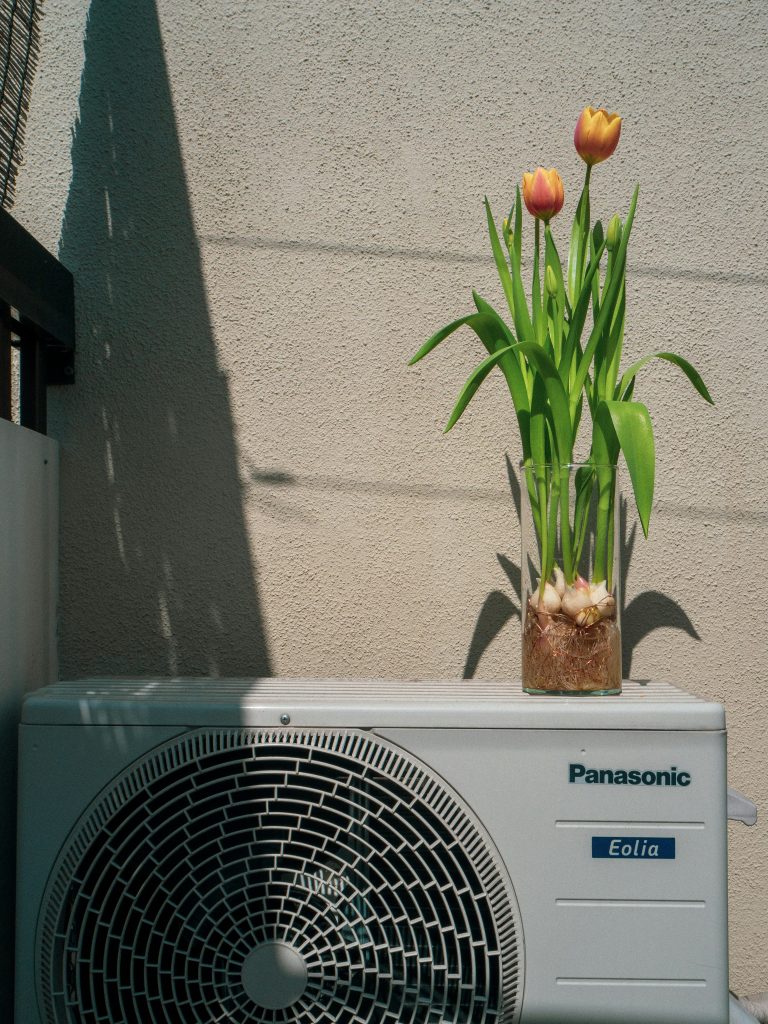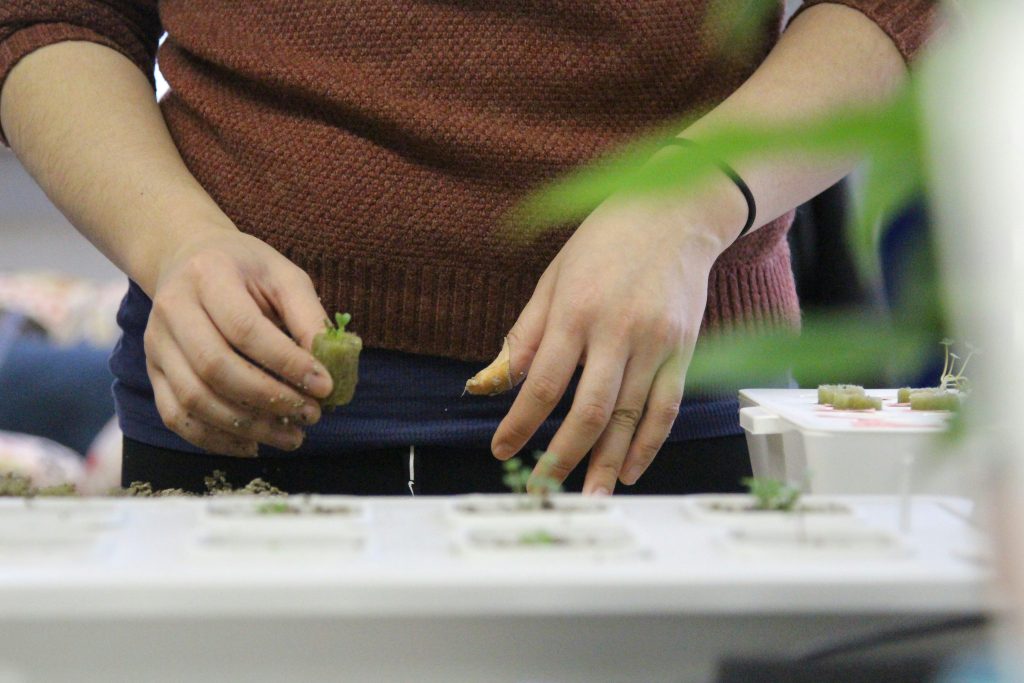
Could Hydroponic Gardening Solve the Global Food Crisis?
Imagine having a way to grow fresh, nutritious food faster, using less water, and with fewer risks of pests and diseases. This is where hydroponic gardening comes in. By providing plants with a nutrient-rich solution directly to their roots, hydroponic systems offer a sustainable and efficient approach to growing crops. But can this innovative method be the solution to the global food crisis?
Understanding Hydroponic Gardening
Hydroponic gardening is a method of growing plants without soil. Instead, plants receive essential nutrients through a water-based solution, providing them with everything they need to thrive. This technique allows for faster growth, higher yields, and more control over the growing environment.
Have you ever thought about growing your own fruits and vegetables at home, even without a backyard or garden? Hydroponic gardening can make this dream a reality. By utilizing water as a growing medium, this method eliminates the need for soil, making it accessible to urban dwellers and those with limited space.
Benefits of Hydroponic Growing Systems
There are numerous benefits to using hydroponic growing systems for cultivating plants. These benefits make it an attractive option for those looking to increase their crop yield while conserving resources.
Are you interested in growing your own food but concerned about the environmental impact of traditional agriculture? Hydroponic systems offer a sustainable alternative by using up to 90% less water than soil gardening. This water-saving feature not only benefits the environment but also reduces water costs for growers.
Increased Crop Yields
One of the key advantages of hydroponic gardening is its ability to produce higher crop yields compared to traditional soil-based methods. By providing plants with direct access to essential nutrients, hydroponic systems promote faster and more efficient growth, resulting in a greater harvest in a shorter amount of time.
Are you looking to maximize your harvest without increasing the size of your garden? Hydroponic gardening allows you to do just that by optimizing the growing conditions for your plants. With the right nutrient solution and lighting, you can achieve bountiful yields even in a limited space.
Year-Round Cultivation
Traditional farming practices are often limited by seasonal changes and weather conditions. However, hydroponic gardening offers the advantage of year-round cultivation, allowing growers to produce fresh crops regardless of the time of year.
Have you ever wanted to enjoy fresh produce straight from your garden in the middle of winter? With hydroponic systems, you can grow fruits, vegetables, and herbs all year long, providing a continuous supply of fresh, nutritious food for you and your family.

This image is property of images.unsplash.com.
Addressing the Global Food Crisis
Now that we understand the benefits of hydroponic gardening, let’s explore how this innovative method can contribute to addressing the global food crisis.
Sustainable Food Production
One of the critical aspects of the global food crisis is sustainable food production. With a rapidly growing population and limited natural resources, traditional farming practices may struggle to meet the increasing demand for food. Hydroponic gardening offers a sustainable solution by conserving water, reducing the use of chemical inputs, and maximizing crop yields in a controlled environment.
Are you concerned about the environmental impact of modern agriculture and its implications for future generations? Hydroponic gardening provides a more sustainable way to grow food, ensuring that we can feed the world’s population without compromising our planet’s resources.
Food Security and Availability
Food security remains a pressing issue in many parts of the world, with millions of people facing hunger and malnutrition. Hydroponic gardening can play a crucial role in enhancing food security by enabling communities to produce their own fresh produce locally, reducing reliance on imported goods and increasing access to nutritious food.
Are you passionate about ensuring that everyone has access to an adequate food supply? Hydroponic gardening offers a solution to food insecurity by empowering individuals and communities to grow their own food, promoting self-sufficiency and resilience in the face of food shortages.
Resilience to Climate Change
Climate change poses a significant threat to global food production, with extreme weather events, droughts, and floods impacting crop yields. Hydroponic gardening provides a climate-resilient solution by enabling growers to control the growing environment, mitigating the adverse effects of unpredictable weather patterns on crop production.
Are you worried about the impact of climate change on food security and agricultural systems? Hydroponic gardening offers a way to adapt to changing environmental conditions, ensuring a stable food supply even in the face of climate-related challenges.

This image is property of images.unsplash.com.
Implementing Hydroponic Solutions
To effectively utilize hydroponic gardening as a tool to address the global food crisis, it is essential to consider the practical aspects of implementing this innovative method on a larger scale.
Education and Training
Educating farmers, growers, and communities about hydroponic gardening techniques is crucial for successful implementation. Providing training programs, workshops, and resources can help individuals learn how to set up and maintain hydroponic systems, ensuring optimal crop production and long-term sustainability.
Are you interested in learning more about hydroponic gardening and how to get started? Education and training are essential components of adopting this innovative method, equipping you with the knowledge and skills needed to grow your own fresh, nutritious food.
Infrastructure and Investment
Building the necessary infrastructure for hydroponic systems requires investment in equipment, technology, and resources. Securing funding and support from government agencies, non-profit organizations, and private investors can help establish hydroponic facilities and promote widespread adoption of this sustainable farming method.
Are you passionate about supporting initiatives that promote sustainable agriculture and food security? Investing in hydroponic infrastructure can facilitate the transition to more efficient and environmentally friendly food production practices, benefiting both growers and consumers.
Policy and Advocacy
Creating policies and regulations that support hydroponic gardening can incentivize growers to adopt this method and promote its integration into existing agricultural systems. Advocating for government initiatives, subsidies, and research programs can help drive the development of hydroponic solutions to address food security and sustainability challenges.
Do you believe that policymakers play a crucial role in shaping the future of agriculture and food production? By advocating for policies that prioritize sustainable farming practices and innovative solutions like hydroponic gardening, you can contribute to the global efforts to ensure a secure and resilient food supply for all.

This image is property of images.unsplash.com.
Conclusion
As we explore the potential of hydroponic gardening to address the global food crisis, it becomes evident that this innovative method offers a sustainable and efficient solution to growing fresh, nutritious crops. By conserving resources, increasing crop yields, and promoting food security, hydroponic systems have the potential to revolutionize agriculture and contribute to a more sustainable future for our planet.
By understanding the benefits of hydroponic gardening, addressing the challenges of food production, and implementing practical solutions on a global scale, we can work together to ensure a secure and resilient food supply for current and future generations. Are you ready to join the movement towards sustainable agriculture and help solve the global food crisis through hydroponic gardening? The choice is yours.










